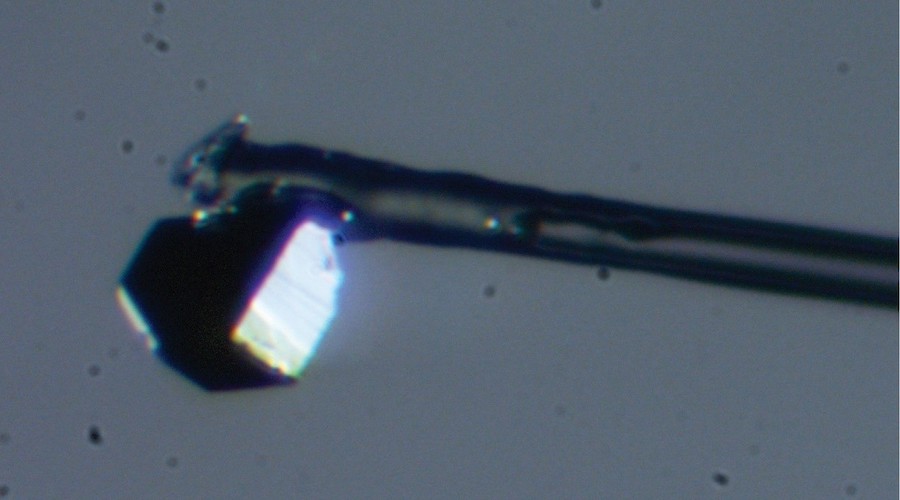
A PhD student at the University of Alberta discovered a new mineral inside a diamond recovered from a mine in South Africa.
The mineral is named goldschmidtite in honour of Victor Moritz Goldschmidt, the founder of modern geochemistry. According to Nicole Meyer, the graduate student in the Diamond Exploration Research and Training School that discovered the rock, it has an unusual chemical signature for a mineral from Earth’s mantle.
Before this discovery, previous attempts to name new minerals after Goldschmidt failed
“Goldschmidtite has high concentrations of niobium, potassium and the rare earth elements lanthanum and cerium, whereas the rest of the mantle is dominated by other elements, such as magnesium and iron,” Meyer said in a university press release.
According to the researcher, for potassium and niobium to constitute a big part of this mineral, it must have formed under exceptional processes.
She estimates that the diamond containing the goldschmidtite formed about 170 kilometres beneath Earth’s surface, at temperatures reaching nearly 1,200 Celsius.
“(The discovery) gives us a snapshot of fluid processes that affect the deep roots of continents during diamond formation,” said Graham Pearson, who is Meyer’s co-supervisor in her doctorate degree.